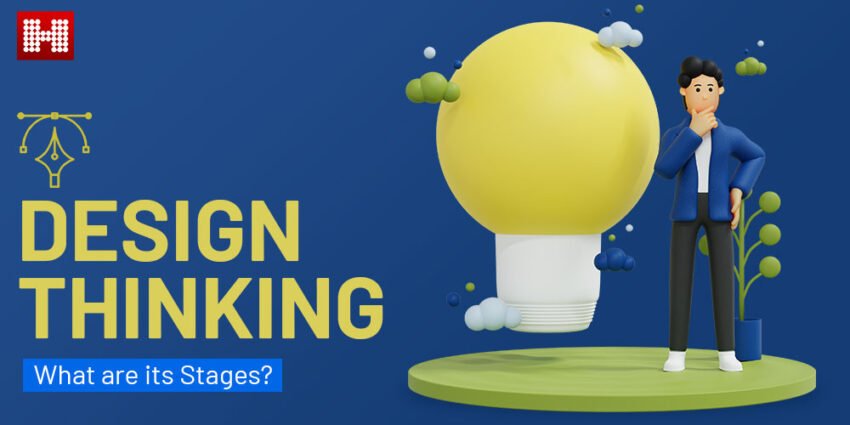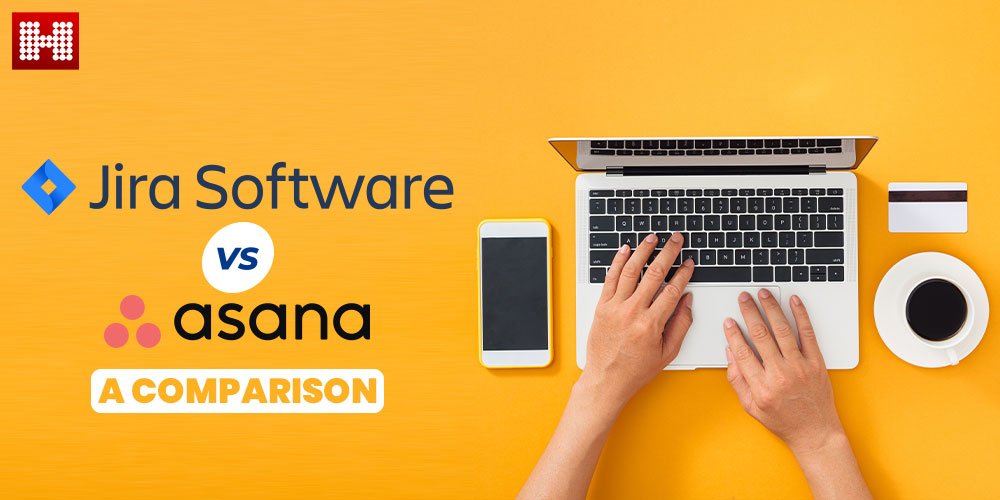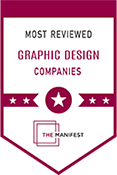
A methodology known as “design thinking” offers a solution-based problem-solving strategy. It helps to understand the human requirements involved, redefine the problem in human-centric ways, generate countless ideas in brainstorming sessions, and implement a hands-on approach to prototyping and testing. Therefore, it helps address complicated, ill-defined, or unknown issues.
In this article, we will see the five stages in the design thinking process. Understanding the five steps of design thinking will enable you to use the technique in your job and address challenging issues that arise in our organizations, countries, and world.
Stages of Design Thinking
Depending on who you ask, the non-linear, iterative design thinking process might involve anywhere between three and seven phases. Since the Hasso Plattner Institute of Design at Stanford (the d.school) is renowned for teaching and utilizing design thinking, we concentrate on their five-stage design thinking process.
The design thinking method consists of the following five steps:
- Empathize
- Define
- Ideate
- Prototype
- Test
Let’s look at these stages in detail.
1. Empathize – Study the requirements of your users..
User-centric research is the main emphasis of the first stage of the design thinking process. Developing an empathic grasp of the issue you’re attempting to resolve is crucial. Consult specialists to learn more about the problem, and make observations to connect with and understand your users.
To develop a more in-depth understanding of the challenges at hand and their experiences and motivations, you might also wish to immerse yourself in your consumers’ actual physical environments. Since it enables design thinkers to put aside their personal worldviews and obtain genuine insight into users and their requirements, empathy is essential to problem resolution and a human-centered design process.
Depending on the time limits, you will obtain a sizable amount of data for the next stage. The primary goal of this stage is to acquire the best possible understanding of your users, their requirements, and the difficulties that underpin the development of the product or service you intend to create.
2. Define – Identify your users’ needs & issues.
In the Define stage, you will assemble the information acquired throughout the Empathize step. You’ll use your observations to define the primary issues you and your team have uncovered thus far. Defining the problem and problem statement from a human-centered perspective is crucial.
The Define stage will assist the design team in gathering brilliant ideas to establish features, functions, and other elements to address the current problem—or, at the very least, make it as simple as possible for actual users to solve problems on their own. In this step, you will begin to move on to the ideation phase of the process. There you will start to pose questions to guide your search for solutions.
3. Ideate – Challenge presumption & create ideas.
Designers are ready to conceive ideas during the third phase of the design thinking process. You developed an understanding of your users and their needs in the Empathize stage. Then, in the Define stage, you examined your observations to produce a user-centric problem statement. With this strong foundation, you and your team may begin considering the issue from several angles and devise creative solutions to your problem statement.
There are countless methods for generating ideas, including Brainstorm, Brainwrite, Worst Possible Idea, and SCAMPER. Techniques like brainstorming and coming up with the worst possible ideas are frequently employed at the beginning of the ideation cycle to encourage creative problem-solving. It enables you to start ideation by producing as many ideas as possible.
As you near the end of this stage, you should choose other ideation tools to assist you in exploring and testing your concepts before deciding which ones to pursue further. That’s either because they appear to offer a solution or the components needed to work around an issue.
4. Prototype – Start developing solutions.
Now, the design team will create several low-cost, scaled-down iterations of the product to research the primary solutions conceived during the ideation stage. The design team itself, other departments, or a small group of individuals outside the design team can all share and test these prototypes.
In this experimental stage, the goal is to find the best solution for each issue discovered in the previous three stages. It includes implementing solutions in the prototypes, which are then examined one after another and either accepted, enhanced, or rejected based on user feedback.
The design team will have a deeper understanding of the product’s limitations and issues by the time the prototype stage is complete. They’ll also be able to see more clearly how real people will act, think, and feel when using the finished product.
5. Test – Try out your solutions.
Designers or evaluators thoroughly test the final product using the best options found during the prototyping phase. In an iterative process like design thinking, the insights produced at this step frequently help to reframe one or more additional challenges. It marks the last stage of the five-stage paradigm.
This higher degree of comprehension might enable you to delve into the conditions of use and how users interact with the product. It might even prompt you to go back to an earlier step in the design thinking process. After that, you can move forward with further iterations, make adjustments, and polish your work to rule out other options. The ultimate objective is to learn as much as possible about the product and its users.
Design Thinking is a non-linear methodology.
Here, we’ve described a straightforward, linear design thinking process, where each step appears to flow into the next and comes to a logical conclusion during user testing. However, it is more flexible and non-linear. For instance, various groups within the design team might work on more than one stage at once, or designers might gather data and create prototypes at every stage of the project to make their ideas come to life and see how to solve problems as they go. Additionally, the outcomes of the test stage may provide fresh user insights that inspire new ideation (Idea) or the creation of new prototypes (Prototype) sessions.
The defined component phases should serve as a guide for the activities you perform, not as a rigid and definite method to design. The stages could be switched, executed concurrently, or repeated numerous times to acquire the most helpful insights about your users, broaden the solution area, and hone in on new solutions.
There is one primary advantage of the five-stage paradigm. Repeats of earlier phases can benefit from knowledge gained in the process’s final stages. The problem itself and its solution areas get redefined as new information continuously adds. It establishes a continuous cycle in which the designers continue to learn new things and create fresh perspectives on the product (or service) and its potential applications. It helps obtain a more profound comprehension of their users and the issues they encounter.
Are you looking for the best IT providers for your IT projects? Look no further than Hashe! Hashe Computer Solutions is a leading IT solutions provider that offers world-class software, mobile application, web development, and digital marketing services. Contact us for the best digital marketing solutions!
Keep following us for more tech news! Check out our Social Media Pages
Was this helpful?
Last Modified: June 4, 2025 at 2:30 pm
143 views















